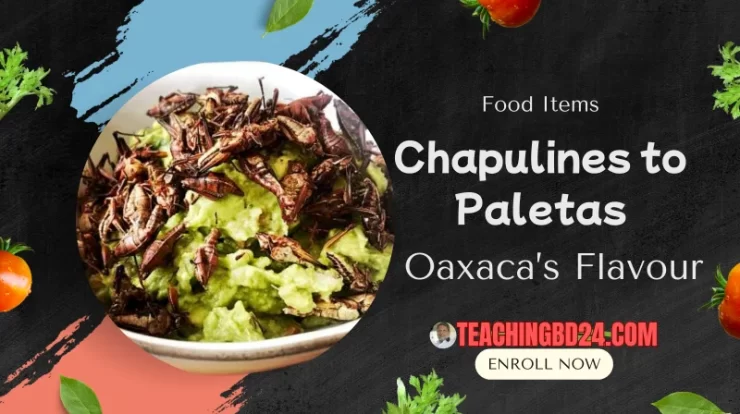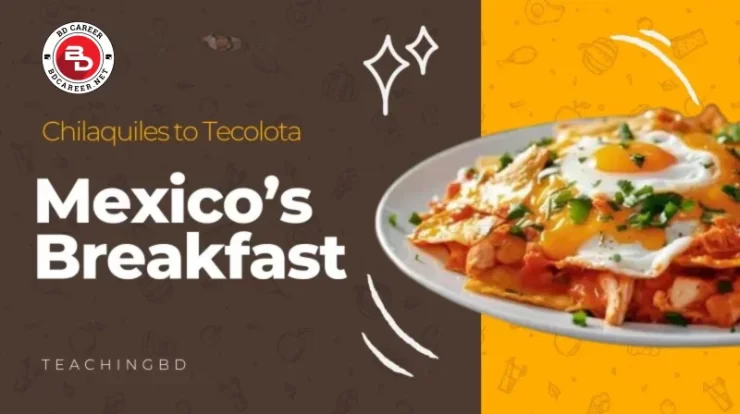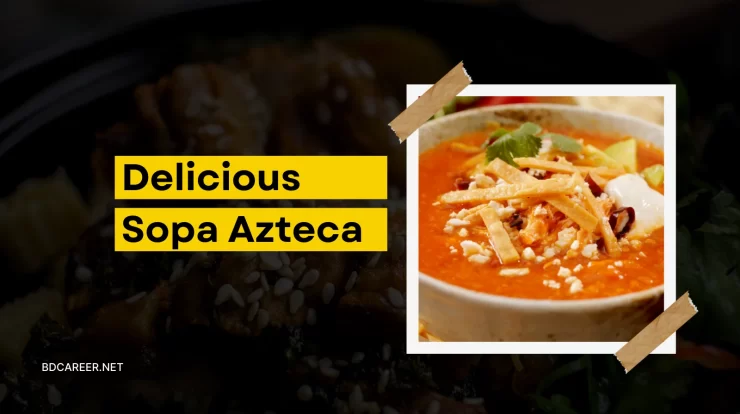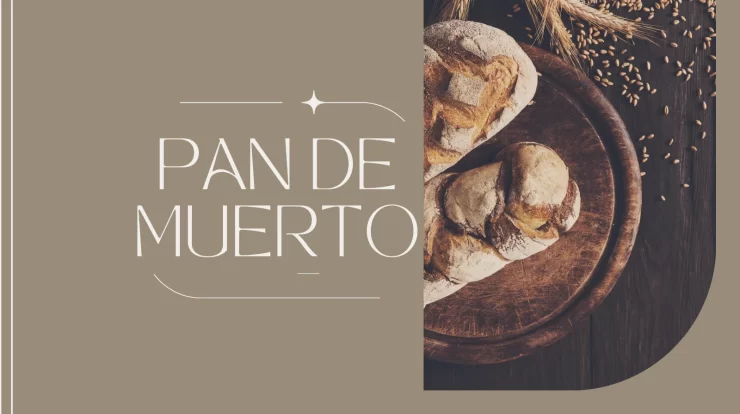
Oaxaca, a state in southern Mexico, is renowned for its vibrant culture, rich history, and exceptional culinary tradition. The region’s food heritage stands out for an extraordinary spectrum of flavours that ranges from ancient indigenous delicacies such as edible insects to the refreshing sweetness of colourful frozen treats known as paletas. This culinary diversity not only reflects Oaxaca’s cultural roots but also its ability to evolve while honouring tradition. Exploring Oaxaca’s flavour palette offers a fascinating journey through textures, tastes, and stories that have captivated locals and visitors alike.
Contents
- Chapulines: The Iconic Edible Grasshoppers
- Other Unique Insect-Based Delicacies in Oaxaca
- Beyond Bugs: Maguey Worms and Escamoles
- Traditional Savoury Flavours Beyond Insects
- Paletas: Oaxaca’s Vibrant Frozen Treats
- Maguey Worms and Escamoles: Oaxaca’s Insect VIPs
- Fusion and Modern Trends in Oaxaca’s Food Scene
- Bugs vs. Paletas: The Ultimate Showdown
- Conclusion
Chapulines: The Iconic Edible Grasshoppers
One of the most distinctive and emblematic flavours of Oaxaca is chapulines, or toasted grasshoppers. For centuries, chapulines have been part of indigenous diets, celebrated not just for their nutritional value but also for their flavour and cultural symbolism. Chapulines are traditionally harvested from fields where they feed on native plants. The collection process often coincides with certain seasons when grasshoppers are abundant, making it a sustainable practice linked closely with the rhythms of rural life.
Preparing chapulines involves cleaning and toasting them over a comal (flat clay griddle) with salt, garlic, lime, and sometimes chilli. This simple yet effective method imparts a smoky, slightly tangy, and salty flavour, making chapulines a perfect crunchy snack. They are commonly sprinkled over guacamole, mixed into tacos, or enjoyed as a street food delicacy. Beyond their taste, chapulines are rich in protein, vitamins, and minerals, offering a nutritious alternative to conventional animal proteins.
As global food trends gravitate toward sustainable eating, the importance of edible insects like chapulines is gaining international attention. They are celebrated not only as authentic cultural fare but also as a forward-looking source of nutrition that complements ecological balance.

Other Unique Insect-Based Delicacies in Oaxaca
Chapulines are just one part of Oaxaca’s broader tradition of insect consumption. The region also features other unique edible insects such as maguey worms and escamoles. Maguey worms, which inhabit agave plants, are often roasted or fried and served as appetisers or used in sauces. Escamoles, known as “Mexican caviar,” are ant larvae that are harvested from the roots of agave and maguey plants. They have a buttery texture and nutty flavour, commonly sautéed with butter, herbs, and spices.
These delicacies are specially associated with certain festivities or culinary events, highlighting the deep connection between food and community. Insects are not merely an ingredient but a symbol of heritage, passed down through generations.
Beyond Bugs: Maguey Worms and Escamoles
If you thought chapulines were exotic, wait till you hear about maguey worms and escamoles.
- Maguey worms: Plucked from agave plants, roasted or fried to crispy perfection. Usually served with salsa or tucked into tacos.
- Escamoles: Known as Mexican caviar, these are ant larvae with a buttery, nutty flavour. They’re sautéed with spices and often described as “little bursts of earthiness.”
| Insect Delicacy | Flavor Profile | Common Preparation | Drawbacks |
| Chapulines | Smoky, tangy, salty | Toasted with lime and chilli | Texture shock for newcomers |
| Maguey Worms | Crispy, savoury | Fried or roasted | Hard to find outside Oaxaca |
| Escamoles | Buttery, nutty | Sautéed with herbs and butter | Expensive, seasonal availability |
Traditional Savoury Flavours Beyond Insects
While the insect-based dishes are fascinating and unique, Oaxaca’s savoury offerings extend far beyond them. The state is famous for its variety of mole sauces—complex mixtures of chillies, nuts, seeds, spices, and sometimes chocolate that produce rich, layered flavours. Mole negro, mole rojo, and mole amarillo rank among the most celebrated, each with its distinctive profile and cultural significance.
Tlayudas, large toasted tortillas topped with beans, cheese, meat, and salsa, reflect Oaxaca’s farm-to-table ethos, utilising local ingredients. Memelas, thick corn masa cakes topped with beans, cheese, and salsa, are another traditional street food that offers a taste of indigenous culinary roots.
These dishes underscore Oaxaca’s enduring connection to indigenous agriculture and food customs, showcasing the harmonious balance between earthy, smoky, spicy, and savoury flavours that define its cuisine.

Paletas: Oaxaca’s Vibrant Frozen Treats
Moving from the savoury and ancient to the sweet and modern, paletas are one of Oaxaca’s most beloved street foods and desserts. Paletas are Mexican-style popsicles made from natural fruit juices, purees, and sometimes creamy bases like milk or cream. The variety of flavours available reflects the region’s abundance of fruit, herbs, and spices.
Traditional paleta flavours include mango, tamarind, guava, and pineapple, often enhanced with chilli powder, lime, or a touch of salt, giving a vibrant sweet-spicy tang. Herbal infusions such as hibiscus or mint and even mezcal—a signature Oaxacan spirit- are used to craft innovative paletas that blend tradition with modern culinary creativity.
Paletas are more than refreshing treats; they play an essential role in Oaxaca’s social and cultural life. Sold by street vendors and artisan shops alike, paletas provide a cooling respite from the warm climate and a colourful, flavorful expression of regional produce.
Maguey Worms and Escamoles: Oaxaca’s Insect VIPs
Hold up, chapulines aren’t the only bugs in town. Oaxaca also boasts maguey worms (thanks to the agave plant) and escamoles, which are basically the “caviar” of insect cuisine, ant larvae with an unexpected buttery, nutty vibe. They’re usually sautéed with herbs, and honestly, they taste pretty fancy.
Here’s a quick breakdown because, come on, bugs deserve some credit:
| Bug Treat | What It Is | How It’s Served | Heads-Up |
| Chapulines | Toasted grasshoppers | Snack, taco topping | Texture freakout possible |
| Maguey Worms | Agave-dwelling worms | Fried or roasted, in salsas | Not always easy to find outside Mexico |
| Escamoles | Ant larvae | Sautéed with butter and spices | Pricey and seasonal |
If you ever get the chance to try escamoles, don’t hesitate. It’s like eating buttery little nuggets that make you feel a bit fancy, you know?
Fusion and Modern Trends in Oaxaca’s Food Scene
Oaxaca’s culinary scene continues to evolve while respecting its deep-rooted traditions. Contemporary chefs and food artisans have embraced the challenge of blending old and new, incorporating indigenous ingredients like chapulines into innovative dishes such as gourmet snacks, salads, or even fusion entrees that appeal to adventurous palates.
Similarly, paletas have undergone a renaissance with artisanal producers experimenting with exotic fruits, spices, and alcohol infusions, expanding the appeal of this simple treat beyond local markets to international gourmets.
Food tourism plays a pivotal role in Oaxacan gastronomy’s growing popularity. Visitors come to experience the authentic flavours of both bugs and popsicles, deepening global appreciation for Oaxaca’s rich culinary heritage and its vibrant product spectrum.

Bugs vs. Paletas: The Ultimate Showdown
To see these flavour champs side-by-side, here’s a quick rundown:
| Feature | Chapulines | Paletas |
| Taste | Smoky, salty, earthy | Sweet, tangy, spicy or creamy |
| Texture | Crunchy | Smooth and icy |
| Nutritional Value | High protein, low fat | Hydrating, rich in vitamins |
| Availability | Local markets, seasonal | Wide street availability |
| Possible Drawbacks | May scare off insect-phobes | Melts fast in the heat |
Conclusion
Oaxaca stands as a captivating culinary tapestry where the flavours of the past meet the innovations of the present. From the smoky crunch of chapulines—an insect delicacy honoured for centuries—to the colourful, refreshing sweetness of paletas, the region offers a flavorful journey unmatched in diversity and cultural resonance.
This vast spectrum of taste echoes Oaxaca’s identity, a place where ancient traditions continue to thrive alongside creative reinvention, inviting all who encounter its foods to celebrate a uniquely Mexican flavour story. Whether savouring the earthy richness of indigenous insects or delighting in the cool burst of a handmade paleta, Oaxaca invites exploration and appreciation of its extraordinary culinary landscape.





